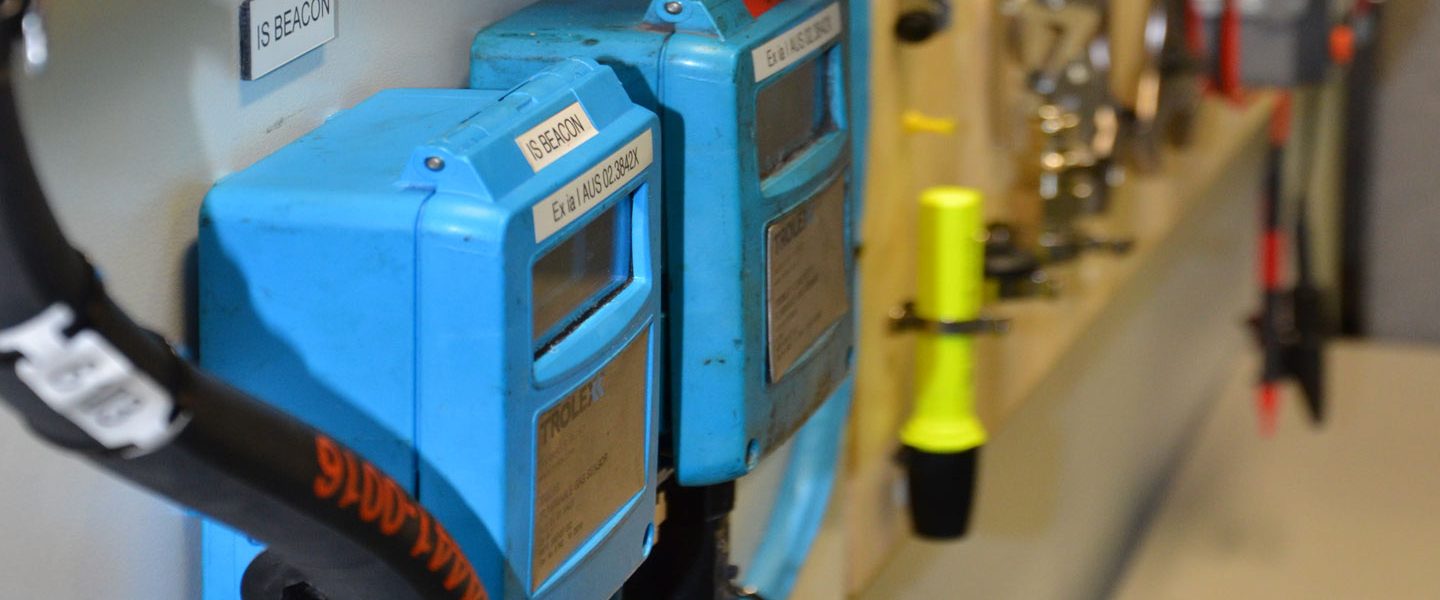The Basic Principles Of Roar Solutions
The Basic Principles Of Roar Solutions
Blog Article
Roar Solutions Can Be Fun For Anyone
Table of ContentsRoar Solutions for DummiesRoar Solutions Can Be Fun For AnyoneEverything about Roar Solutions
In such an environment a fire or explosion is possible when three basic conditions are met. This is commonly referred to as the "dangerous area" or "combustion" triangle. In order to protect installations from a potential surge an approach of evaluating and identifying a possibly harmful location is needed. The objective of this is to make certain the correct choice and setup of devices to inevitably stop an explosion and to guarantee safety of life.
(https://padlet.com/thomascarrillo4740/roar-training-solutions-jrrziydpbb7m3xsa)
No tools should be installed where the surface temperature of the devices is more than the ignition temperature level of the offered threat. Below are some common dust hazardous and their minimum ignition temperature. Coal Dirt 380C 225C Polythene 420C (thaws) Methyl Cellulose 420C 320C Starch 460C 435C Flour 490C 340C Sugar 490C 460C Grain Dirt 510C 300C Phenolic Resin 530C > 450C Aluminium 590C > 450C PVC 700C > 450C Soot 810C 570C The likelihood of the risk existing in a focus high enough to create an ignition will differ from place to location.
Hazardous location electrical equipment possibly designed for use in greater ambient temperatures. Area Fixing By Authorised Worker: Complex screening might not be needed nonetheless certain procedures may require to be followed in order for the devices to preserve its 3rd celebration rating. Each item of devices with a dangerous score need to be examined individually.
Indicators on Roar Solutions You Need To Know
The equipment register is a detailed database of equipment records that includes a minimum set of fields to determine each item's area, technological criteria, Ex classification, age, and environmental information. The proportion of Comprehensive to Close examinations will be determined by the Tools Threat, which is examined based on ignition risk (the possibility of a source of ignition versus the chance of a combustible environment )and the unsafe location classification
( Zone 0Area 1, or 2). Carrying out a durable Risk-Based Evaluation( RBI )technique is vital for making sure compliance and safety and security in taking care of Electric Equipment in Hazardous Locations( EEHA).
10 Easy Facts About Roar Solutions Shown

In terms of eruptive danger, a hazardous location is a setting in which an explosive atmosphere is existing (or might be expected to be present) in amounts that need special safety measures for the construction, installation and use tools. eeha training. In this short article we explore the obstacles encountered in the work environment, the risk control steps, and the required proficiencies to function securely
It is a repercussion of modern life that we manufacture, store or take care of a variety of gases or liquids that are considered combustible, and a series of dirts that are regarded flammable. These materials can, in certain conditions, form eruptive ambiences and these can have significant and unfortunate repercussions. The majority of us know with the fire triangular eliminate any one of the three components and the fire can not happen, however what does this mean in the context of dangerous locations? When damaging this down right into its most basic terms it is essentially: a mix of a certain amount of release or leakage of a certain compound or material, mixing with ambient oxygen, and the visibility of a resource of ignition.
In many circumstances, we can do little concerning the degrees of oxygen airborne, yet we can have substantial influence on sources of ignition, for instance electric tools. Dangerous locations are documented on the dangerous area classification illustration and are determined on-site by the triangular "EX-SPOUSE" indicator. Here, amongst other key information, zones are split into three types depending upon the danger, the chance and period that an eruptive ambience will exist; Zone 0 or 20 is considered one of the most harmful and Zone 2 or 22 is considered the least.
Report this page